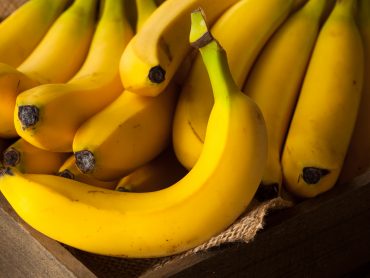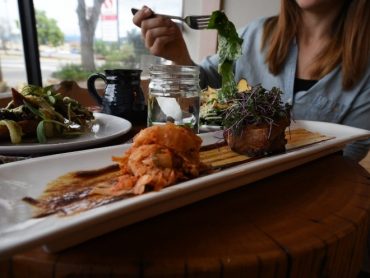In Vino Veritas LXXXIX: Half Bottles and Not Half the Profits
There are many instances where a couple or group of two or three diners each want just a bit more than a glass of wine yet not a full bottle. The two of us refer to this situation by its scientific name of a ‘midweek lunch’, but others clearly have more on their proverbial plates and seldom have the time to sit around pondering life while slowing sipping down the entire 750 milliliters (25.4 ounces for those readers in the States, Liberia or Myanmar).
The problem with this goldilocks zone is that carrying a proper armada of wines by the glass (BTG) would result in a ton of spoilage. Enter the half bottle which lets hotel bars and restaurants dole out well over a standard 5oz pour per head from a freshy uncorked vintage, leaving everyone at the table satisfied while opening more of the menu to such a flexible, middle ground purchase.
From the F&B director’s perspective, the first key advantage of half bottles is that the margins can be higher than BTG purchases. As a lot of the costs to the restaurant are packaging, this isn’t necessarily the case when compared to full bottles or magnums, though, depending on how these scales are priced. As for the customer’s point of view, a bevy of half bottles opens the doors to substantially more variety as two or three different vintages can be samples during a single sitting.
Besides being more expensive on a per-ounce basis than their full counterparts, for disadvantages, limited availability comes to mind. Many wineries just don’t offer them. Next – and this one is a subtle one – some servers somehow struggle to open half bottles, which hurts the overall presentation and casts a subconscious feeling of nonconfidence over the whole ordeal.
Incorporating half bottles into your wine list is an artform that great restaurant managers and sommeliers must handle on a vintage-by-vintage basis. Should the same product be offered in both half and full bottles? This depends on who the clientele is and how quickly your inventory moves. A second issue that many don’t consider until it’s too late is that some cellars or wine storage units can’t accommodate half bottles; their slender shapes ensures that they slip through the holsters.
All doubts aside, opportunities abound, foremost in the realm of desserts – Sauternes, Tokaji from Hungary or ice wines of which our own home turf of Niagara, Ontario plays a prestigious role around the globe. Given one’s reduced tolerance for sweet things, dessert wines often come in a reduced 200ml or 6.7oz size, making them perfect for a table to explore as part of an extended, multi-course dinner. As well, some champagne houses offer half bottles or splits, generally around 187ml or 6.3oz, as yet one more avenue for complementing great food with the right beverage proportion.
And that’s ultimately what it’s all about – when BTG is not enough, and diners are skittish to order another round. Rather than pry or plead, ask whether half bottles can fit into your wine strategy as they definitely have a solid use case to drive revenue per cover.




